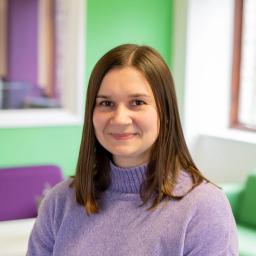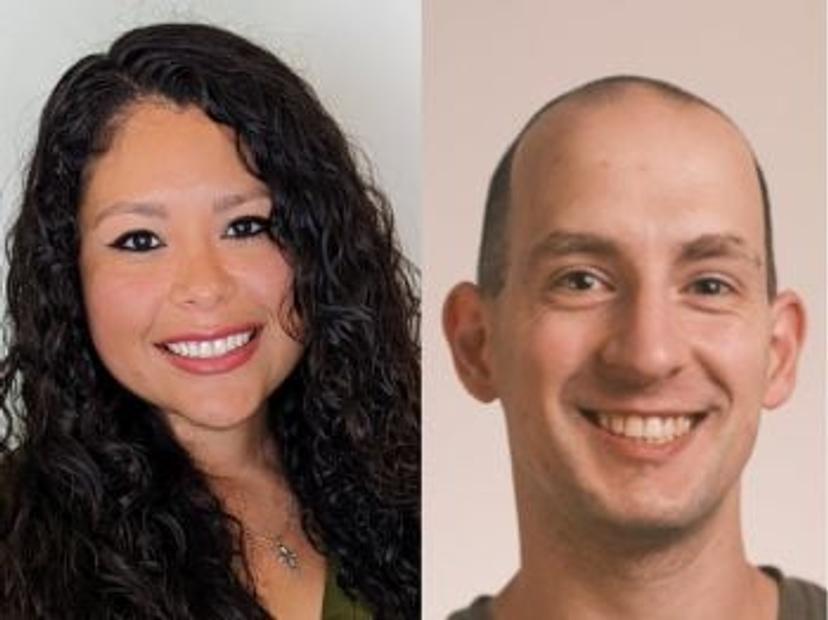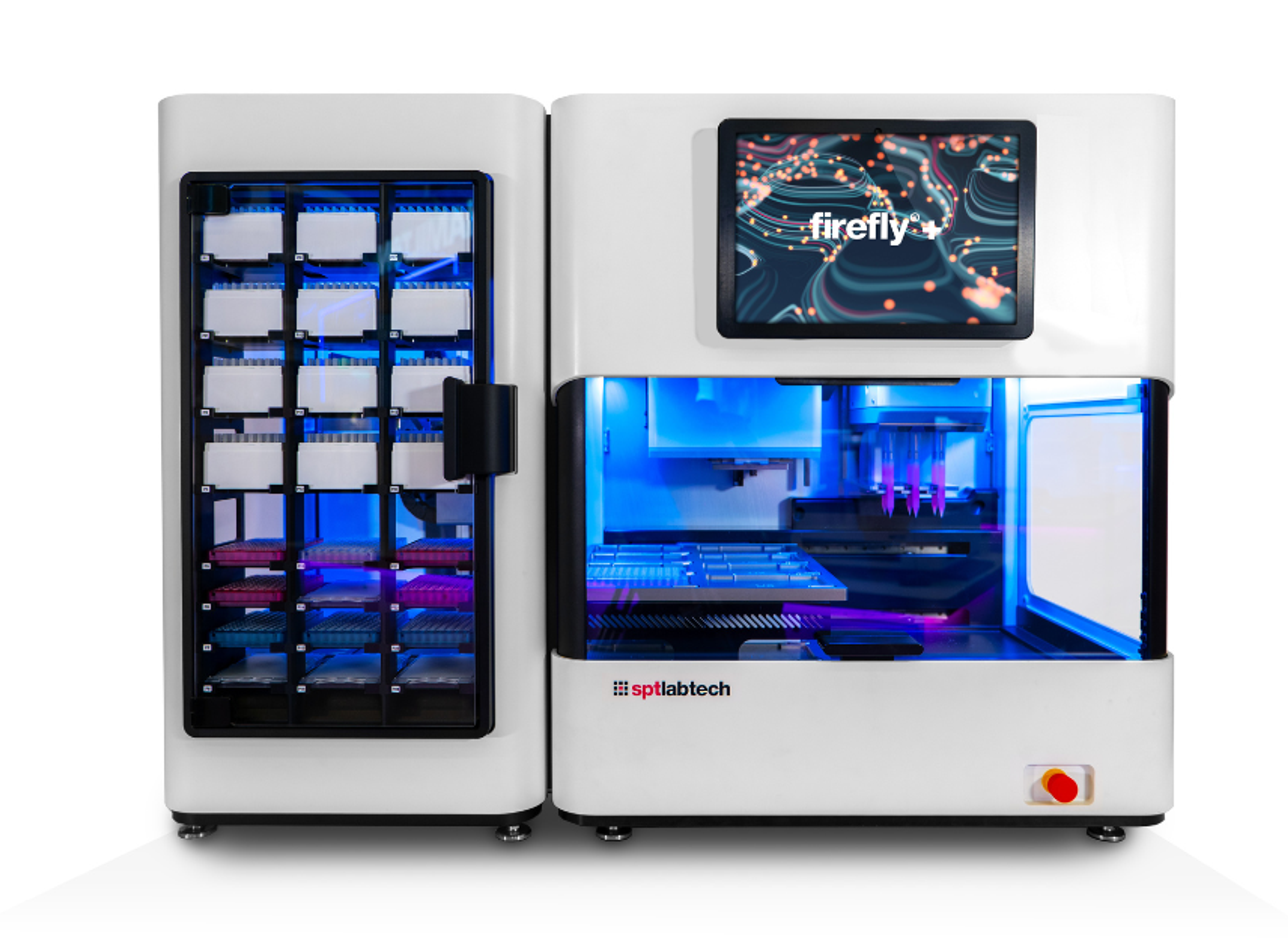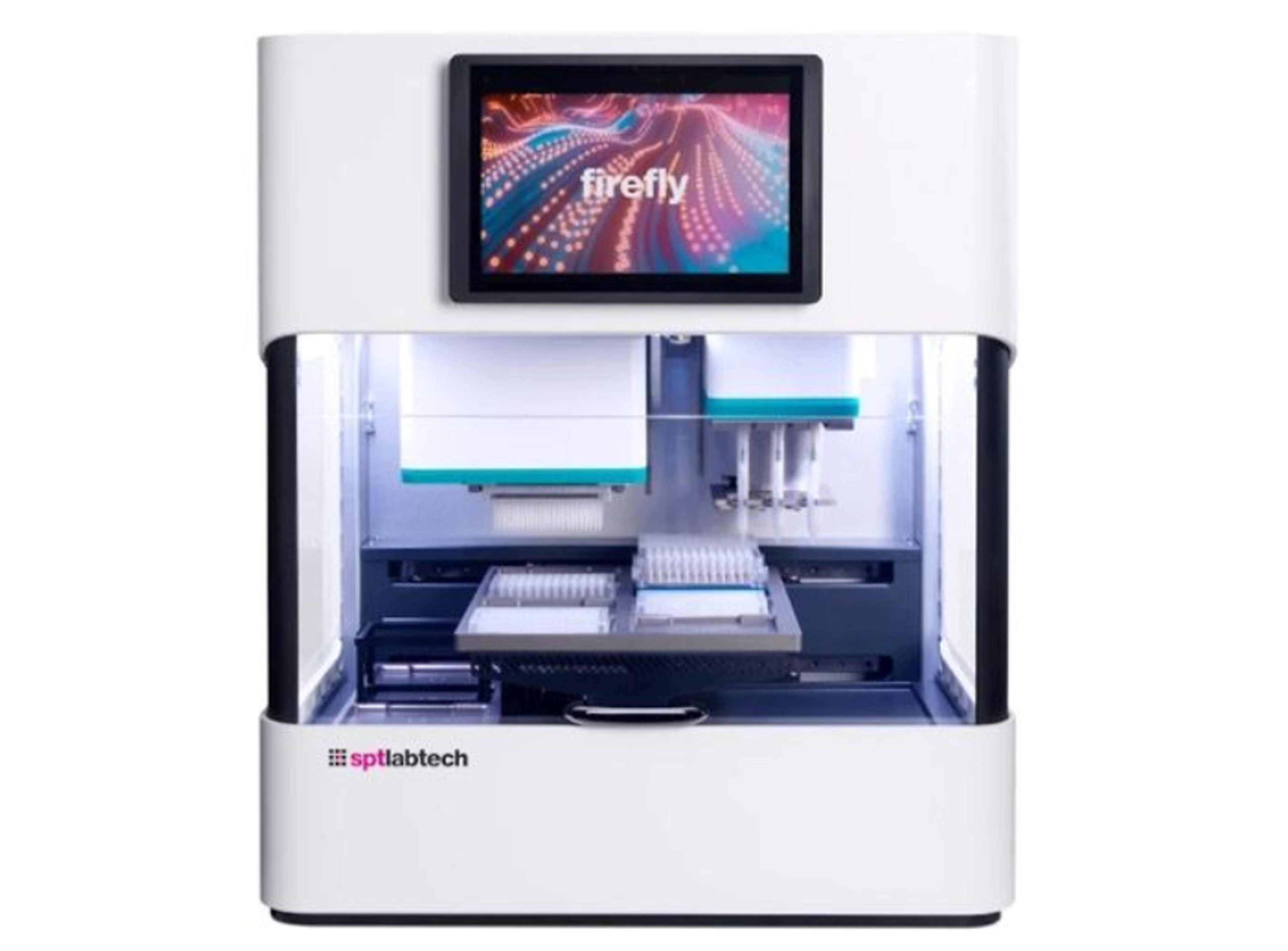Advance drug discovery with automated liquid handling
Find out how a pioneering biotech firm is revolutionizing drug discovery by integrating cutting-edge technologies, such as DNA-encoded library screening and state-of-the-art automation platforms
7 May 2024

(left) Joselyn Del Cid, the Associate Director of the Screening Team, and (right) Luke Monroe, a scientist within the Platform Screening team
In the field of drug discovery, the integration of cutting-edge technologies plays a pivotal role in accelerating scientific advancements. At the forefront of this innovation lies Totus Medicines, a biotech company spearheading transformative approaches to drug development. Through a combination of DNA-encoded library (DEL) screening and state-of-the-art automation platforms, Totus Medicines is revolutionizing the landscape of drug discovery.
To shed light on the intersection of automated liquid handling and DEL screening, we turn to the expertise of Joselyn Del Cid, the Associate Director of the Screening Team, and Luke Monroe, a scientist within the Platform Screening team. With a deep understanding of the particulars of drug discovery, Del Cid and Monroe offer invaluable insights into the transformative power of automation in advancing scientific endeavors and share their experiences with one of the automated liquid handling instruments on the market.
DNA-encoded library screening
At the heart of Totus Medicines' groundbreaking endeavors lies its proprietary DNA-encoded library (DEL) screening assay. The platform represents a paradigm shift in drug discovery methodologies, leveraging the vast potential of DNA-encoded libraries to screen millions of covalent small molecule compounds against biological targets. Del Cid explains, "our focus is developing covalent small molecule drugs across various therapeutic areas. The platform uses DNA-encoded libraries to screen millions of compounds against biological targets in a cell-based environment."
In contrast to traditional DEL screening methodologies conducted on immobilized proteins, Totus Medicines' platform operates within a cell-based environment. The platform's cell-based assays provide a holistic perspective, mimicking the physiological environment in which potential therapeutics must operate. This approach enhances the identification of compounds with true therapeutic potential. Del Cid emphasizes, "our unique assay leads to the identification of more plausible real hits compared to historical modalities."
Our unique assay leads to the identification of more plausible real hits compared to historical modalities.
Joselyn Del Cid Associate Director at Totus Medicines
Transition to automated liquid handling
The decision to transition to automated liquid handling stemmed from the imperative to enhance scalability and reproducibility in screening workflows. Del Cid explains, "automating these kinds of workflows makes a huge impact on how many variables we can test and how easily we can push through selections in a single day."
Automation has liberated the scientists from the constraints of manual labor, enabling them to focus on the intricacies of experimental design and data analysis. Monroe reflects on the transition, stating, "before we got firefly® in-house, we could maybe get through a couple dozen samples in a day by hand. Automation allows us to scale up significantly."
Why choose firefly?
Selecting the right automation platform is crucial for streamlining workflows and maximizing efficiency. Choosing firefly was an obvious choice for Totus Medicines, as Del Cid was ‘sold on firefly as soon as she saw it’. She especially valued the importance of versatility in a platform, “we were looking for an instrument that we could easily use to automate not only our screening workflow but all of our technology development projects and our NGS library prep.” Lauding its small footprint and user-friendly interface and versatility, Del Cid adds, “firefly has truly enabled us to do so much and helped us iterate faster, impacting every step of the screening process.”
Both Monroe and Del Cid have appreciated the extent of automation the instrument has provided, allowing scientists to carry out most steps of an assay with no user intervention. “We are able to set up the firefly platform, walk away and check-in on it every few hours,” says Del Cid. Monroe adds, “this gives us time to run QC without having to tag-team, and even fit in a lunch break at a reasonable time.”
In terms of technical support for firefly, “one of the selling points with SPT Labtech’s support has been dependability”, says Monroe. He praises the responsiveness to requests or issues, and patience “with the fact that the latter always seem to happen late on a Friday afternoon”. Del Cid adds, “SPT Labtech has been understanding of our initial lack of knowledge and have trained us so well that we now use firefly to generate protocols for members outside of our team.”
One of the selling points with SPT Labtech’s support has been dependability.
Luke Monroe Scientist at Totus Medicines
Embracing automation
Monroe emphasizes the importance of strategic planning and flexibility in navigating the transition to automation. "Choosing platforms and developing methods for them too soon can hamper your ability to optimize your assay." He advises, “If you’re doing significant development work on your assay in between more standard runs, you’ll probably want to diversify your automation to multiple platforms.” This approach mitigates the risk of being overly reliant on a single platform and facilitates smoother transitions between different stages of assay development.
Likewise, Del Cid also encourages the switch to automation, but more specifically she states, “it wasn’t until I came to Totus and was introduced to firefly that I realized how powerful automation can be”.
Future with firefly
The future of automated liquid handling in Totus Medicines appears to firmly favor firefly as its primary platform, especially with the advent of firefly+. This upgrade of the platform integrates advanced features such as an integrated thermocycler, expanded deck size and a built-in pick and place robot for transfers. DEL screens are read through PCR amplification of DNA barcodes followed by NGS prep, and controlled enzymatic reactions optimize DNA output and prevent noise amplification in PCRs. Having all those controlled steps automated on a single system “will help increase consistency and reproducibility between runs”, states Del Cid. She ends by saying, “we want our entire end-to-end workflow built on firefly and firefly+ will definitely help us get there.”
Learn more about firefly and how you can implement this tool in your lab.


